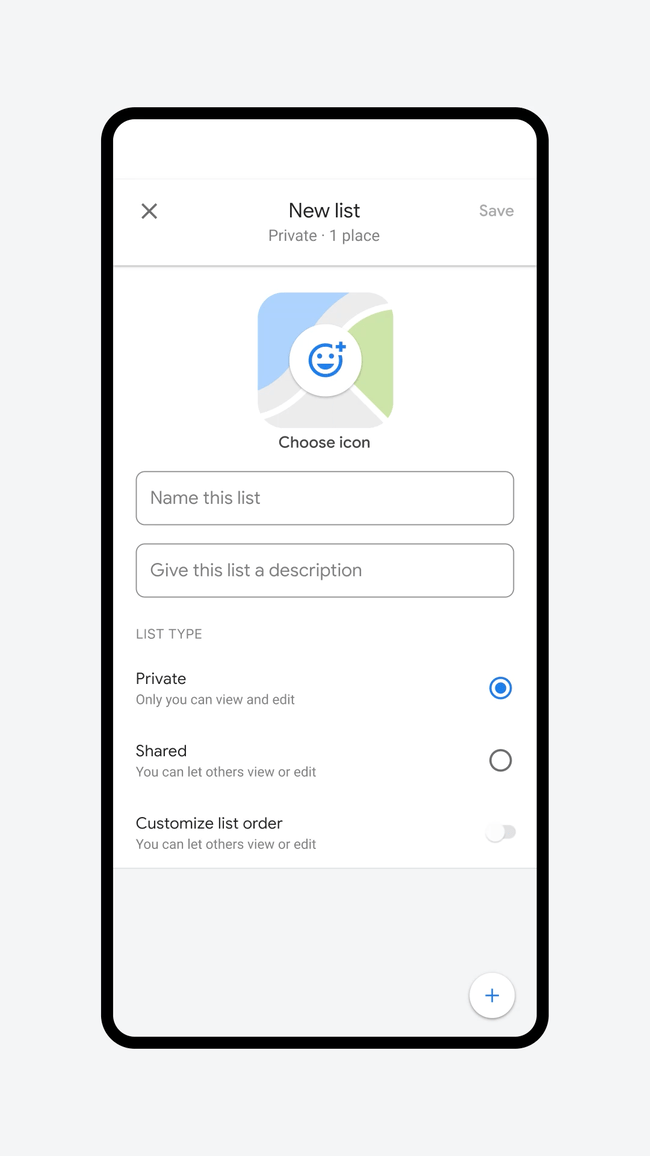Why AI Struggles With Simple Spelling: The Curious Case of ‘Strawberry’
The Paradox of AI Intelligence
Large Language Models (LLMs) like GPT-4o and Claude can compose essays, solve complex equations, and analyze massive datasets in seconds. Yet, these powerful AI systems often stumble on seemingly simple tasks—like counting how many times the letter “r” appears in “strawberry.” (Spoiler: It’s three, not two.)
This glaring gap between advanced reasoning and basic spelling reveals a fundamental truth about AI: These systems don’t think like humans. They process information differently—and sometimes, that leads to baffling errors.
How AI “Reads” Text
The Tokenization Problem
LLMs rely on transformer architectures that break text into “tokens”—numerical representations of words, syllables, or characters. As Matthew Guzdial, an AI researcher at the University of Alberta, explains:
“When an LLM sees the word ‘the,’ it has an encoding for the entire word—not the individual letters ’T,’ ‘H,’ ‘E.’”
This means AI understands “strawberry” as a combination of tokens (like “straw” + “berry”) rather than a sequence of individual letters. Consequently, it struggles with tasks requiring letter-level analysis.
Why This Isn’t an Easy Fix
- Architectural Limitation: Tokenization is baked into transformer models’ core design.
- Multilingual Challenges: Languages like Chinese or Thai don’t use spaces between words, complicating tokenization further.
- Computational Trade-offs: Processing raw characters (instead of tokens) would require impractical computing power.
Image Generators Face Similar Issues
Diffusion models (used in tools like Midjourney and DALL-E) also struggle with fine details:
- Handwriting and small objects are often rendered poorly.
- Text in images frequently appears garbled (e.g., “Burhiltos” instead of “Burritos”).
As AI researcher Asmelash Teka Hadgu notes, these flaws stem from training data imbalances—models see fewer examples of intricate details compared to broader concepts like “human faces.”
The Irony of “Strawberry”
While memes mock AI’s spelling struggles, OpenAI is developing a new reasoning system—codenamed Strawberry—designed to overcome these limitations. Reports suggest it can:
- Solve complex word puzzles (like NYT Connections)
- Tackle unseen math problems
- Generate synthetic training data to improve accuracy
Meanwhile, Google DeepMind’s AlphaProof and AlphaGeometry 2 recently solved International Math Olympiad problems at a silver-medal level.
The Bigger Picture
AI’s spelling blunders highlight a critical distinction: These systems excel at pattern recognition, not human-like understanding. As Sheridan Feucht, a Northeastern University researcher, puts it:
“There’s no perfect tokenizer. Language is inherently fuzzy, and models adapt by ‘chunking’ information in ways that don’t always align with human logic.”
So next time ChatGPT misspells “strawberry,” remember—it’s not dumb. It’s just thinking differently.
📚 Featured Products & Recommendations
Discover our carefully selected products that complement this article’s topics:
🛍️ Featured Product 1: Bralette A Corsetto Ultra Curvy
 Image: Premium product showcase
Image: Premium product showcase
Premium quality bralette a corsetto ultra curvy designed for professional use with excellent performance and reliability.
Key Features:
- Industry-leading performance metrics
- Versatile application capabilities
- Robust build quality and materials
- Satisfaction guarantee and warranty
🔗 View Product Details & Purchase
🛍️ Featured Product 2: Valentino White Rockstud Hightop Sneakers, 35
 Image: Premium product showcase
Image: Premium product showcase
High-quality valentino white rockstud hightop sneakers, 35 offering outstanding features and dependable results for various applications.
Key Features:
- Professional-grade quality standards
- Easy setup and intuitive use
- Durable construction for long-term value
- Excellent customer support included
🔗 View Product Details & Purchase
💡 Need Help Choosing? Contact our expert team for personalized product recommendations!












